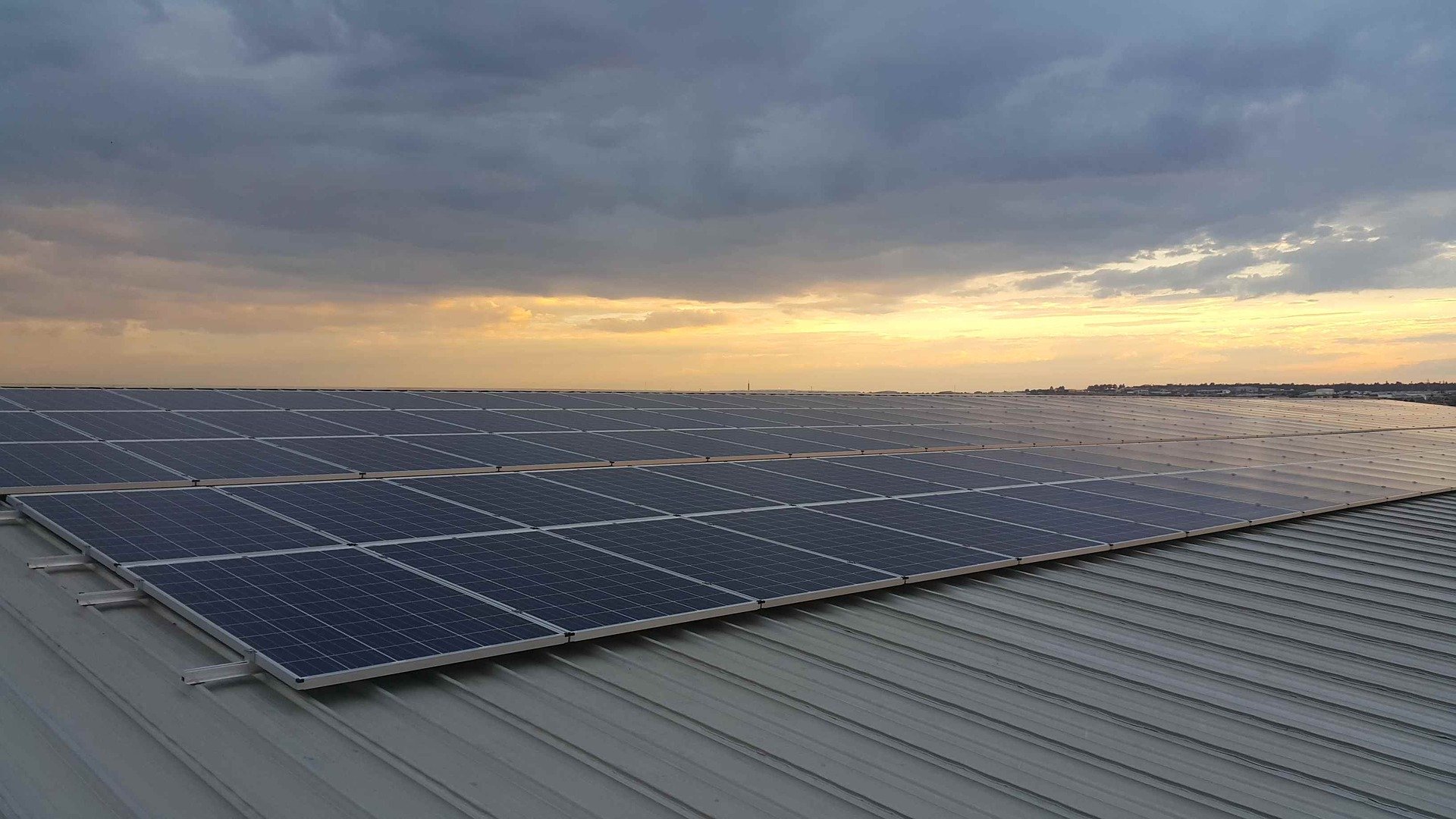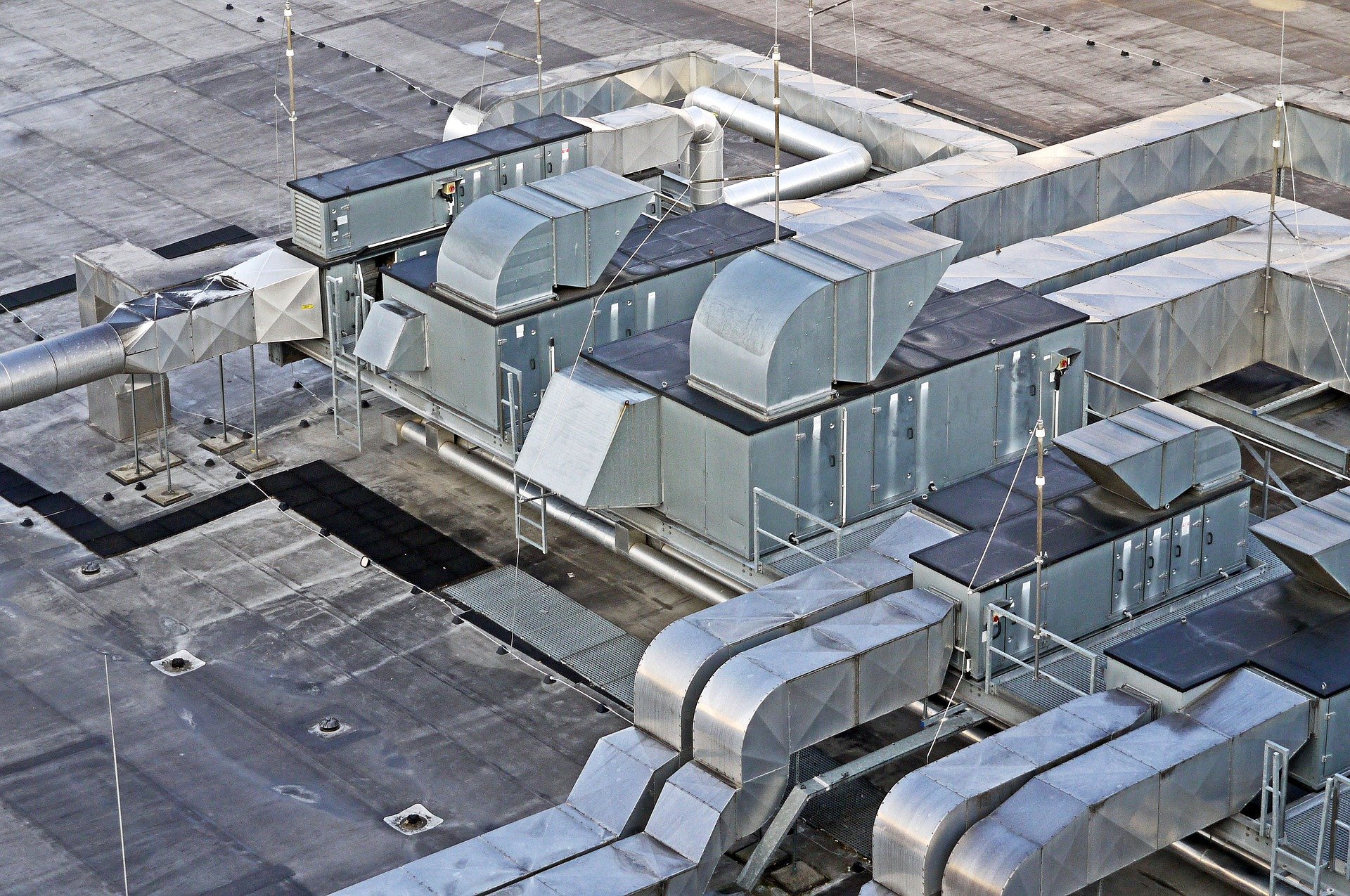With so many day-to-day demands of facility management, it’s easy for rooftop traffic to get pushed to the back of your mind.
Especially for flat commercial roofs with HVAC equipment, ventilation, satellite dishes, electrical boxes, and more, rooftop traffic is a fact of life. Why spend so much time worrying about it when you know multiple people need regular access to walk on the roof?
Thinking this way can be dangerous. Believe it or not, regular foot traffic will take a serious toll on your roof and can cause damage if not managed properly.
If you don’t have a rooftop traffic strategy in place, you’re missing out on an opportunity to squeeze more life out of your investment. Now is the time to plan for keeping rooftop traffic in check.
Topics: Press Release, Roof Architecture, How to
4 Ways to Prove the Value of Quality Roof Products to Customers
How often do you make sales where the customers know exactly what options are best for their buildings? Probably not too many.
Building owners (and additional stakeholders) know how important roofing decisions are—but that doesn’t mean they don’t have many other decisions demanding attention.
What if you’re offering products that cost more than the competition? You know they’re higher quality but getting prospects to understand that is pivotal.
Let’s go through 4 keys to proving that your roof products are the best options for potential customers.
Topics: Press Release, Roof Architecture, How to
There are several different types of commercial roof coatings used today, including silicone, acrylic, aluminum, and polyurethane. They are sometimes referred to as restoration membranes because roof coatings are often applied over existing rooftop membranes, as opposed to being part of a new roof construction detail. They can also be used in partial applications to coat and re-coat parapet walls or portions of a roof.
Topics: Roofing Management, Roofing Maintenance, Roof Safety, Roof Architecture
Common Challenges with Rooftop Retrofit Projects (and Next Steps)
While 15 years might seem like a long time, building owners know that this average life expectancy for roofing materials and RTUs can fly by quickly.
That’s especially true when your traditional built-up roof starts showing signs of water damage. Suddenly you’re left with a choice—maintain the rip-and-replace cycle or make an investment in rooftop retrofit projects.
Topics: Roofing Management, Roofing Maintenance, Roof Safety, Roof Architecture
The green building movement has exploded since the turn of the century, pushing the market close to the $100 billion mark.
Driving the standardization of this movement is the Leadership in Energy and Environmental Design (LEED®) rating system. According to the U.S. Green Building Council, “LEED buildings have faster lease-up rates and may qualify for a host of incentives like tax rebates and zoning allowances. Not to mention they retain higher property values.”
Topics: Rooftop Support Engineering, Roofing Management, Roof Safety, Roof Architecture
There are all a whole host of cutting edge technologies that are poised to transform the traditional architectural design and construction process, and in fact some of them are already doing so. Whether it be drones, wearable smart vests and helmets, GPS tracking, or 3d printers, it seems that a serious majority of architects will have affordable access to revolutionary new techniques in the not too distant future to both gather information and to communicate ideas in increasingly realistic and virtual ways through the increased use of these technologies.
Topics: Rooftop Support Engineering, Roofing Management, Roof Safety, Roof Architecture
Commercial roof surfaces can often be an intense complex of pipe networks, platforms, HVAC equipment, and increasingly, smart technology, that needs to be organized and strongly secured to the building rooftop as a vital part of proper building safety and function. Both in the past and even in the present, it is easy for building owners to feel either real or perceived financial pressures to cut corners or improvise some of this securing and organization by using relatively cheap and temporary means of supports to include impromptu wood blocks and scaffolding, concrete block and rope, and other loose materials. But all buildings are serious investments. The problem is that while temporarily effective, such measures often lead to greater costs and consequences rather quickly down the road.
Topics: Rooftop Support Engineering, Roofing Management, Roof Safety, Roof Architecture
The Future is Now: How to Use Drone Technology in the Roofing Industry
There is a new technology on the scene in the roofing industry that has only started to scratch the surface in terms of the ways it can transform how roofing and construction work is performed, measured, and maintained. Spurred largely by the inception of Part 107 in August of 2016, the Federal Aviation Administration's Small UAS (Unmanned Aircraft System) Rule (14 CFR part 107), commercial drone operators can now own and fly a drone without the complexity of obtaining a pilot’s license. And that has made all the difference.
Topics: Rooftop Support Engineering, Roofing Management, Roof Safety, Roof Architecture
There are many ways to inspect your roof after a major storm, hurricane, or hail event. You could inspect it yourself or have your roof inspected professionally. Some important factors to consider are the overall size, the height, and the material of your roof. Especially for homeowners or building owners with much larger and higher roofs, always put safety first and know when it might be a good time to bring in a professional to help. Regardless, experts agree, it’s critical to have the inspection done directly after the storm event, so as to locate and repair damage in a timely manner.
Winter Thaw: How to Care for Your Roof As The Season Changes
People often tend to look at buildings, their house, and other structures as purely static objects – that is as if they are not moving. Yet when taking a closer look, at the molecular level, we know that they actually are moving. Not a lot, but still a little. Architectural materials are like living things in that they are made of molecules that are constantly bending, shifting, and flexing in response to seasonal temperature and loading changes. Though they are only shifting small distances of often ¼” or less, these minute movements are enough to cause roofing materials to separate, delaminate, deform, and create weaknesses in surfaces. As we know, certain materials have known lifespans, so these changes are typically inevitable and often unavoidable results of the inherent mechanical properties of materials. But still there are small steps we can take to best care for our roofs and increase longevity through responsible caretaking.












